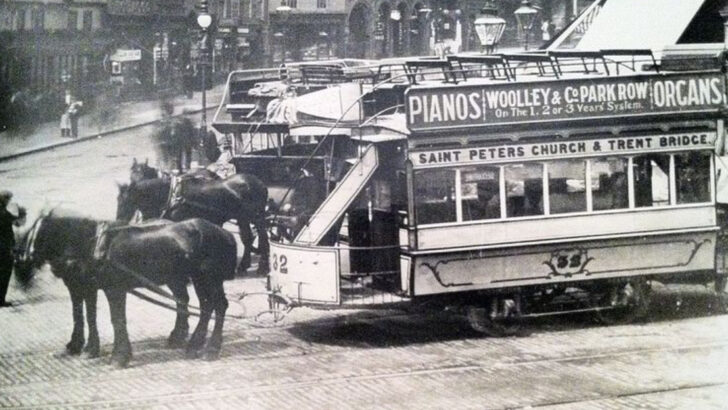Once upon a time, horses were more than just companions—they were indispensable workers. The world has changed, and so have the roles these majestic creatures once played.
From delivering messages in war-torn landscapes to pulling streetcars through bustling cities, horses used to be the unsung heroes of history’s backbone. But today, those jobs have faded into the past, leaving behind only traces of their importance.
These forgotten horse jobs aren’t just part of history—they reveal how humans and horses once shaped the world together. Curious about the roles that have vanished, never to return? Let’s journey back through time and rediscover the jobs that gave horses a purpose beyond the pasture.
Stagecoach Driver
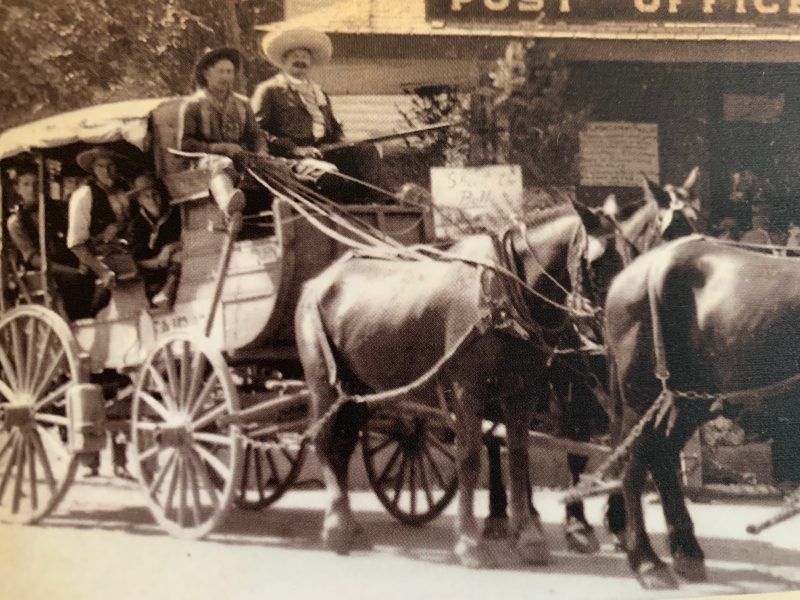
Imagine traveling long distances on bumpy roads with only a stagecoach and a team of horses to guide you. The stagecoach driver was a crucial figure in the 19th century, responsible for ensuring passengers traveled safely across various terrains. With a keen sense of direction and courage, these drivers navigated through unpredictable weather and rocky paths.
Their role required not only skillful handling of horses but also the ability to manage passenger expectations. Whether traveling through dense forests or open plains, stagecoach drivers were the unsung heroes of their time, ensuring communication and connection across regions.
Mounted Messenger
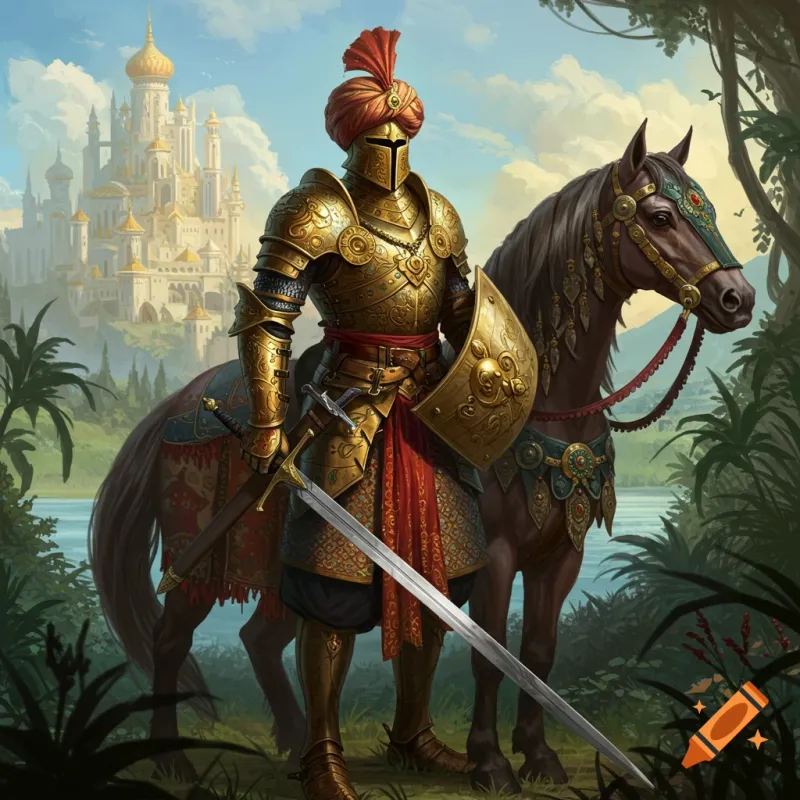
In medieval times, mounted messengers were the vital link between kingdoms, carrying important messages swiftly on horseback. These young riders, often adorned in traditional garments, traversed great distances to deliver sealed scrolls containing critical information.
Their job was perilous, with challenges like treacherous paths and potential attacks by bandits. The role required not only speed but an unwavering dedication to their mission.
Mounted messengers were the backbone of communication in their era, ensuring that news, be it of peace or war, reached its destination in time.
Horse-drawn Fire Engine Driver
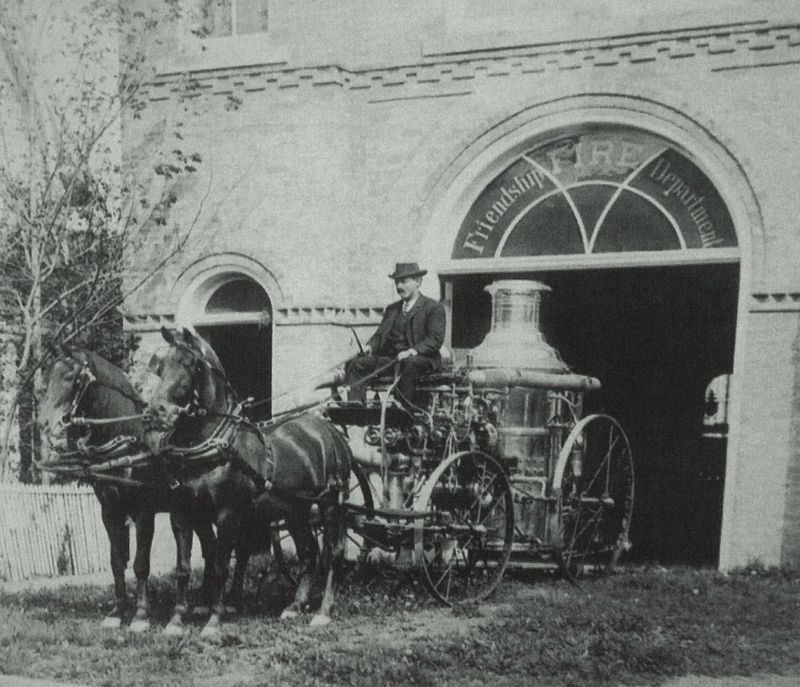
Before the advent of motorized engines, horse-drawn fire engines were the saviors of urban areas. Driven by skilled horsemen, they rushed to fires with incredible speed, navigating crowded streets with precision.
The driver, clad in a firefighter’s uniform, commanded the horses with expertise, urgency, and a sense of duty. This role was not just about driving; it required a deep understanding of equine behavior to maintain control during emergencies.
Horse-drawn fire engine drivers were pivotal in protecting cities from devastation, showcasing the synergy between man and horse in life-saving actions.
Ploughman
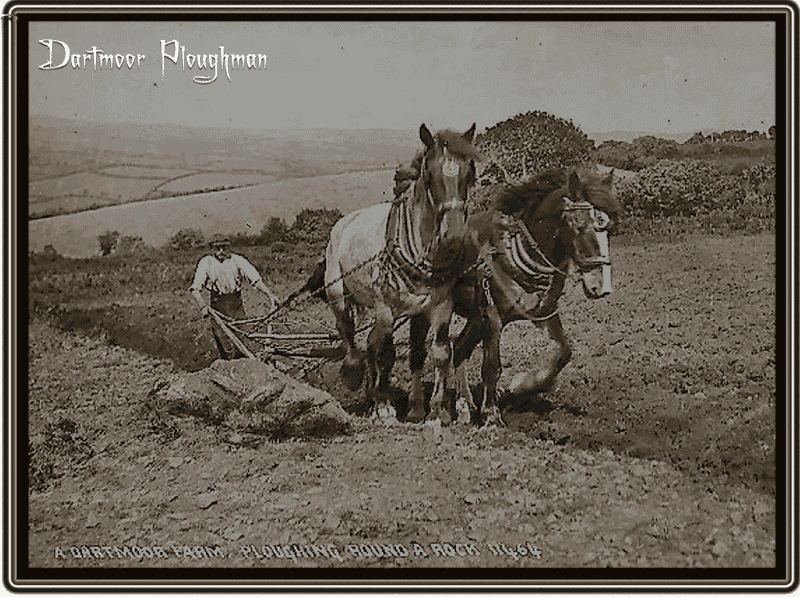
The ploughman was a symbol of agriculture’s heart, guiding a horse-drawn plough to turn soil for new growth. These dedicated individuals contributed to the foundation of civilization, ensuring bountiful harvests.
With simple attire and a steadfast demeanor, ploughmen worked tirelessly in various weather conditions, relying on their horse’s strength to cultivate the land. Their efforts paved the way for modern farming practices, marking an era where man and horse worked hand in hand.
Ploughmen were the unsung architects of sustenance, crafting the landscapes that fed generations.
Horse Miner
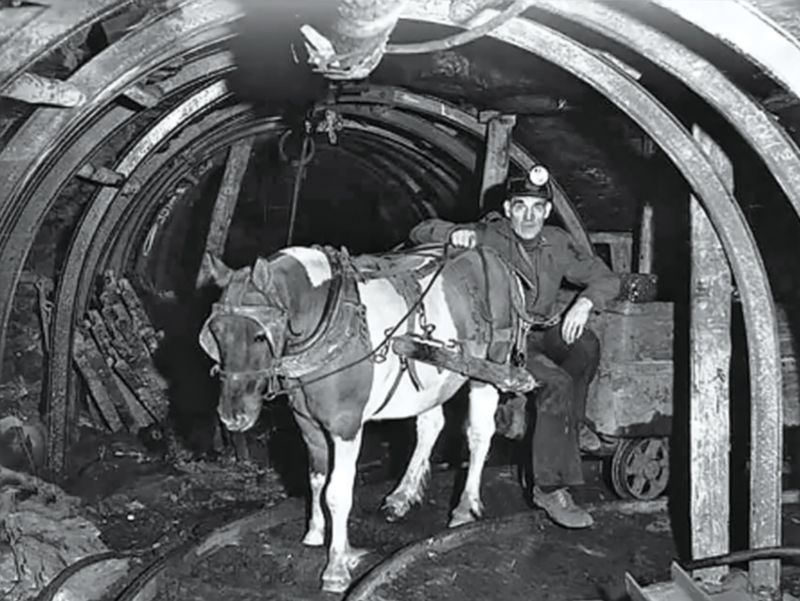
In the depths of the earth, horse miners played a crucial role in extracting valuable resources. These young men, dressed in mining attire, worked alongside sturdy horses, guiding them through narrow, dimly lit mine shafts.
The horses, specially chosen for their size and strength, pulled heavy carts filled with coal or ore. The job was demanding and dangerous, requiring vigilance and resilience.
Horse miners and their equine companions were pivotal in powering the industrial revolution, forming the backbone of mining operations during their era.
Cavalry Soldier
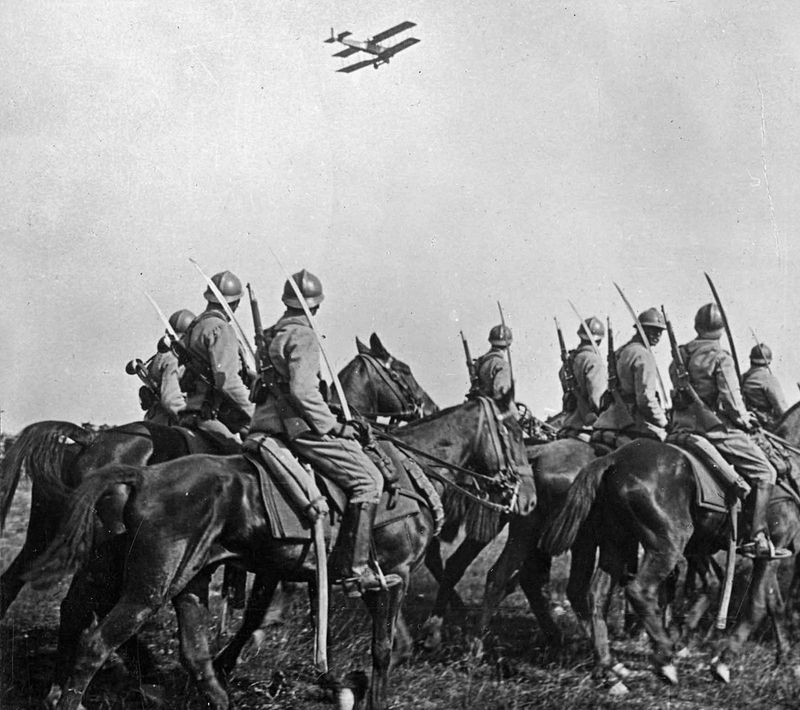
Cavalry soldiers were the epitome of bravery, charging into battle on horseback. Clad in military uniforms, these troops played a crucial role in warfare, providing mobility and strength on the battlefield.
Their horses were trained for combat, maneuvering skillfully amidst the chaos. Cavalry units were not only involved in direct combat but also in reconnaissance and flanking maneuvers.
The synergy between cavalry soldiers and their mounts created a formidable force in historical battles, leaving a lasting legacy of valor and strategy.
Horse Logger
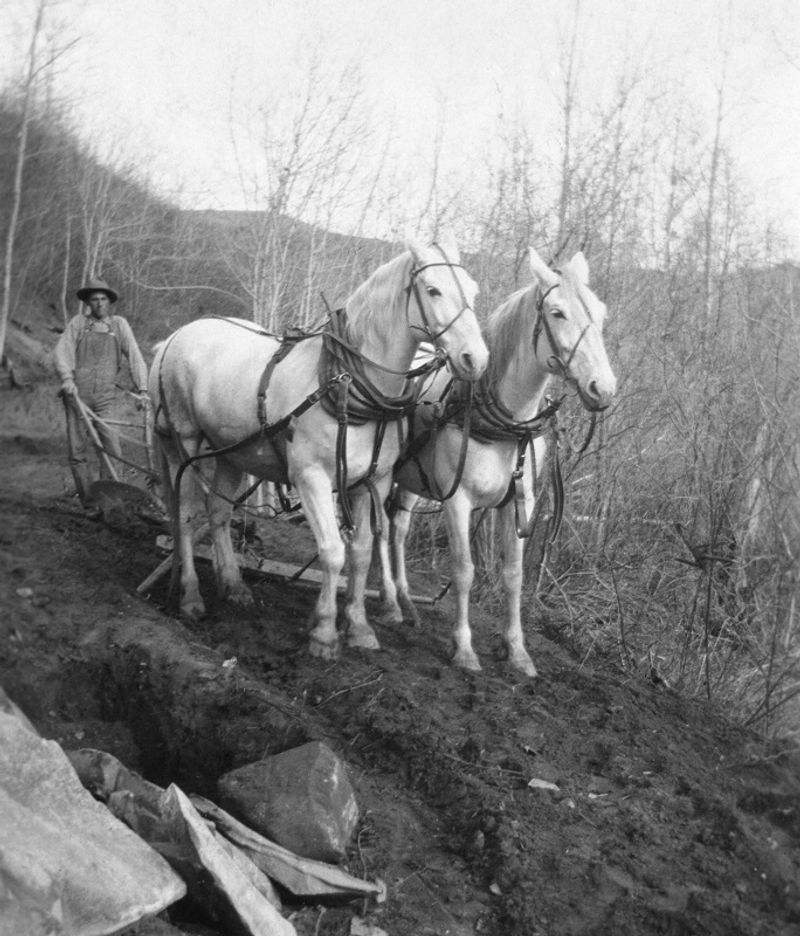
In the realm of forestry, horse loggers were the unsung heroes, utilizing equestrian strength to transport timber. Equipped in rugged outdoor attire, these workers operated in dense forests, guiding horses to pull felled logs to processing sites.
Horses were preferred for their ability to traverse difficult terrains and minimize environmental impact.
The job demanded physical strength, coordination, and a bond between man and horse. Horse loggers were instrumental in the timber industry, ensuring sustainable practices while meeting the growing demand for wood.
Pony Express Rider
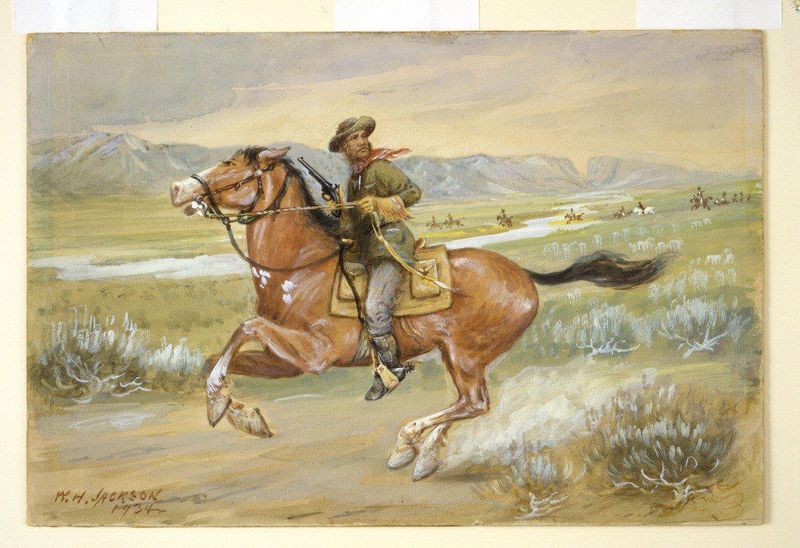
The Pony Express rider was a daring adventurer, tasked with delivering mail across vast distances in record time. These teenage riders, clad in western attire, rode swiftly across challenging terrains, from deserts to mountains.
With mail pouches securely fastened, they braved harsh weather and potential threats from wildlife or hostile encounters.
Though the Pony Express was short-lived, its riders became legendary symbols of determination and innovation, bridging communication across the American frontier.
Horse Tram Conductor
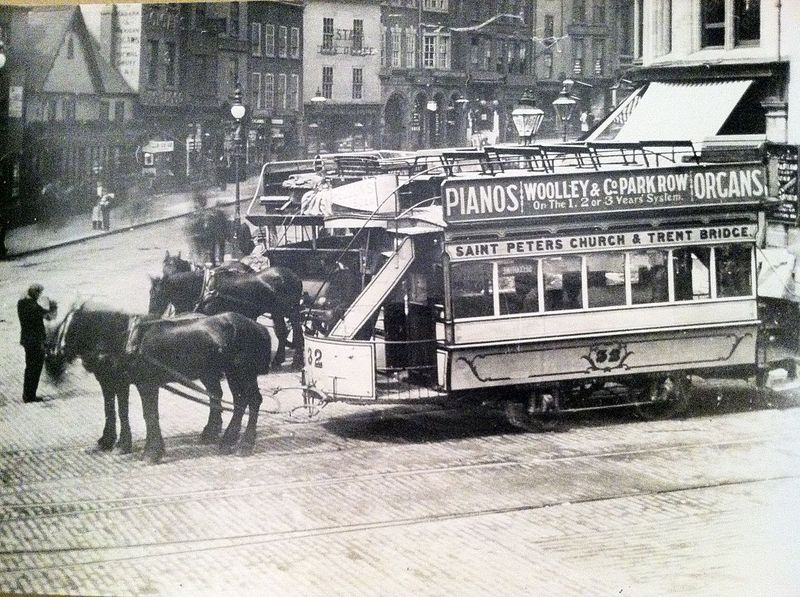
In bustling cities of the late 19th century, horse trams were the preferred mode of public transport. The horse tram conductor, dressed in a crisp uniform, was responsible for operating the tram and managing passenger flow.
Guiding horses through crowded urban streets required patience and skill, ensuring smooth and timely transit. Conductors also collected fares and provided information to passengers, making them integral to the daily commute.
This role showcased the early integration of horses in urban transportation systems, paving the way for future transit developments.
Horse Tanner
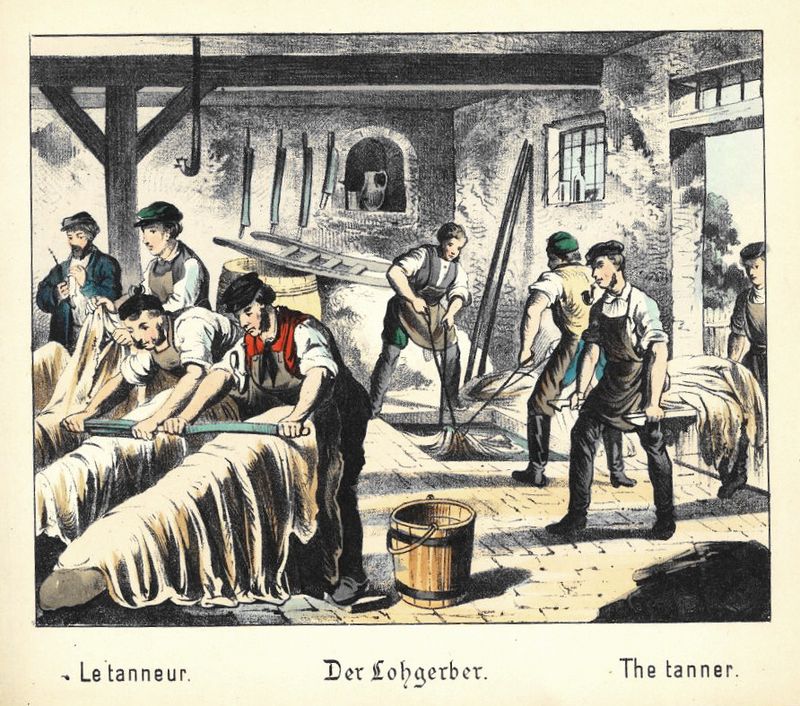
In the medieval era, horse tanners were skilled craftsmen responsible for transforming raw hides into usable leather. These artisans, wearing simple work attire, labored in rustic workshops filled with tanning pits and specialized tools.
The process was labor-intensive, requiring expertise in skinning, cleaning, and treating hides. Leather produced by tanners was essential for making clothing, armor, and various goods.
Horse tanners played a vital role in medieval society, contributing to fashion, trade, and everyday life through their craftsmanship.
Carriage Footman
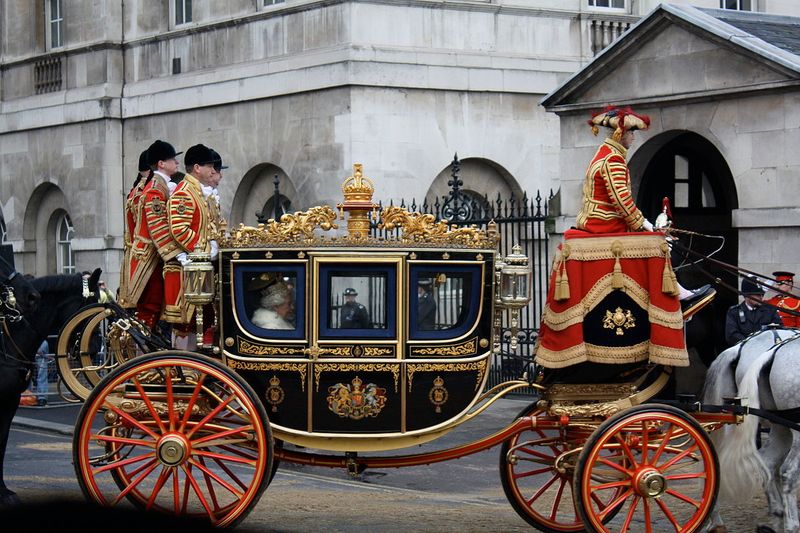
The carriage footman was a symbol of elegance and service in the 1800s. These young men, dressed in exquisite livery, stood at the back of opulent carriages, ready to assist nobility during their travels.
Their duties included opening doors, managing luggage, and ensuring the comfort and safety of passengers. The role required impeccable manners and a keen eye for detail.
Carriage footmen epitomized the grandeur of a bygone era, serving as the bridge between the aristocracy and their equestrian transport.
Horse-drawn Milkman

The horse-drawn milkman was a familiar sight in early 20th-century neighborhoods. These middle-aged men, clad in work clothes, delivered fresh milk directly to customers’ doorsteps from their horse-drawn carts.
Horses were chosen for their reliability and ability to navigate through suburban streets quietly. The milkman’s day began before dawn, ensuring households received their daily supply of milk.
This role was more than just a delivery job; it fostered a sense of community and trust between the milkman and his patrons.
Postillion
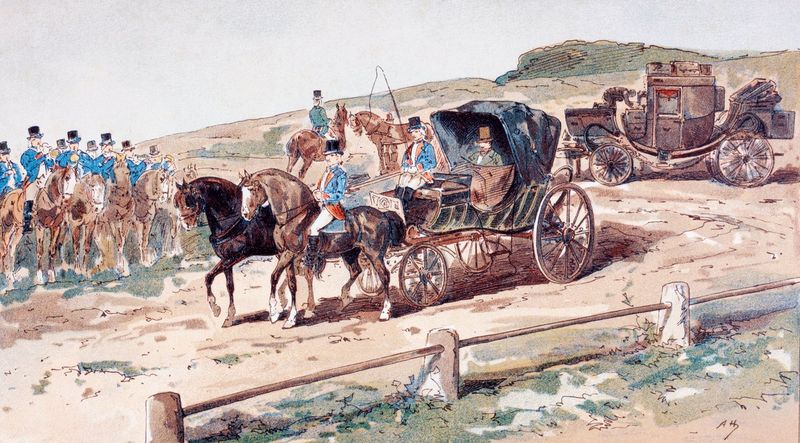
A postillion was an indispensable figure in 19th-century travel, riding on the leading horse of a carriage to guide it safely. Clad in distinct riding attire, these horsemen ensured the stability and direction of the journey.
Their role required not only equestrian skills but also knowledge of routes and conditions. Postillions were essential for long-distance travel, particularly on routes where coaching inns were sparse.
This profession highlighted the necessity of human and horse collaboration, ensuring the safety and efficiency of passenger transport.
Horse-drawn Canal Barge Worker
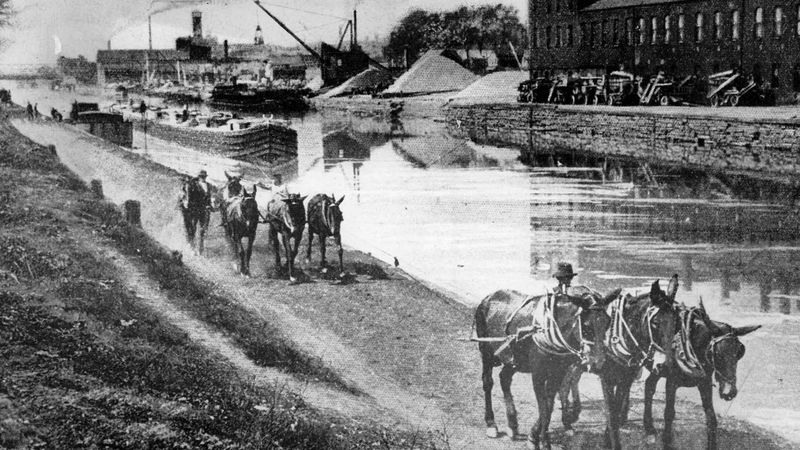
Canal barge workers of the 19th century utilized horses to tow vessels through intricate canal systems. These men, dressed in rugged attire, walked alongside the horses, ensuring a steady pace as the barge glided through tranquil waters.
The task required stamina and coordination, with workers managing both animal and cargo. Horses were preferred for their efficiency and environmental friendliness.
This profession was vital in facilitating trade and transport, connecting regions through waterways and showcasing a unique partnership between man and horse.

